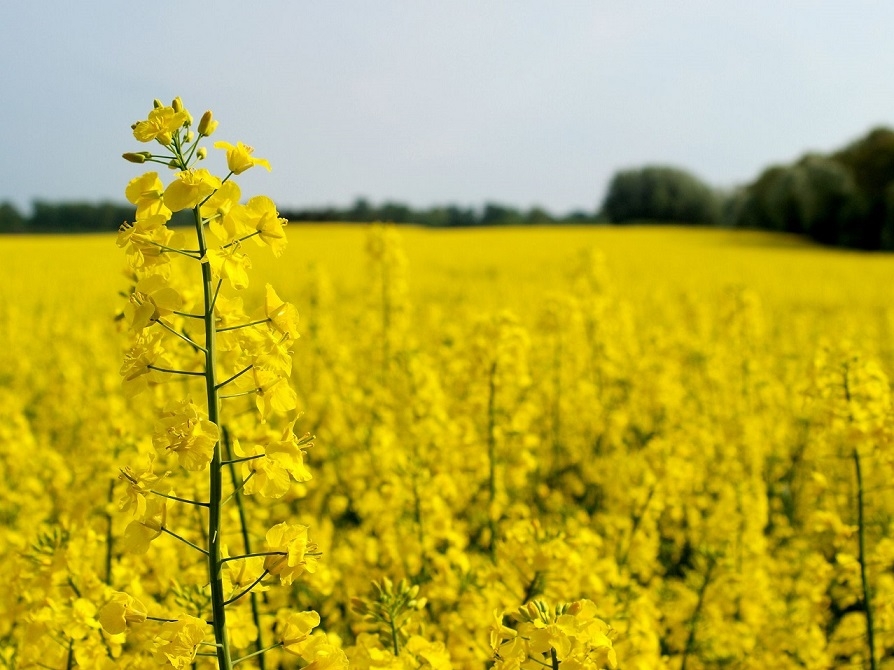Rapeseed futures in Paris rose to their highest level since late 2022

Speculative demand for rapeseed in the EU is supported by restrained sales by local farmers, reduced supplies of Ukrainian rapeseed and slow canola supplies from Canada and Australia. But the situation may change soon, as canola prices in Canada remain under pressure from falling US soybean oil quotes and the new US Administration's intentions to impose tariffs on Canadian goods.
Amid market uncertainty, February rapeseed futures in Paris fell by 10% from a record level of €543/t to €493/t during November 18-27, but resumed growth in December and on Friday reached a new record of €547/t or $575.3/t (+2.2% month-on-month, +22.3% year-on-year), which was the highest value since November 1, 2022.
At the same time, May rapeseed futures have decreased from the record high of €535.5/t reached on November 18 and are trading at €530.5/t (+0.2% per month, +19.4% per year), while August new crop rapeseed futures are trading at €481.25/t on forecasts of an increase in global sowing areas in 2025.
January canola futures on the Winnipeg exchange also reached a record 665 CAD /t in early November, but fell to 565 CAD /t at the end of the month , and during December, on forecasts of a sharp decrease in canola production in Canada, they rose only to 617 CAD /t or $434/t (-4.9% per month).
Statistics Canada in its December report lowered its forecast for the 2024/25 canola harvest from 19.2 to 17.8 million tonnes, but within a few days, USDA experts lowered their estimate to 18.8 million tons, which increased uncertainty in the market.
In Ukraine, purchase prices for rapeseed delivered to Black Sea ports have risen to $530-535/t or UAH 24,500-25,000/t after a sharp drop, and traders are competing for the remaining stocks on the market. Following them, purchase prices for sunflower with 50% oil content have increased by UAH 200-300/t during the week to UAH 25,800-26,200/t delivered to the factory, especially against the backdrop of producers restraining sales in anticipation of price increases.
During the season, the Canadian dollar fell 5.2% against the US dollar to its lowest level since the beginning of the Covid -19 pandemic at 1.423 CAD /$, which improves the prospects for supplies of canola to the EU from Canada, whose January futures are already $140/t cheaper than February rapeseed futures in Paris.
A large soybean crop in South America, which will begin to be harvested in late January, will increase pressure on soybean and oil prices, and after Trump's inauguration on January 25, market volatility will increase sharply, as evidenced by the speculative reaction of the markets to his tweets during the previous term.


